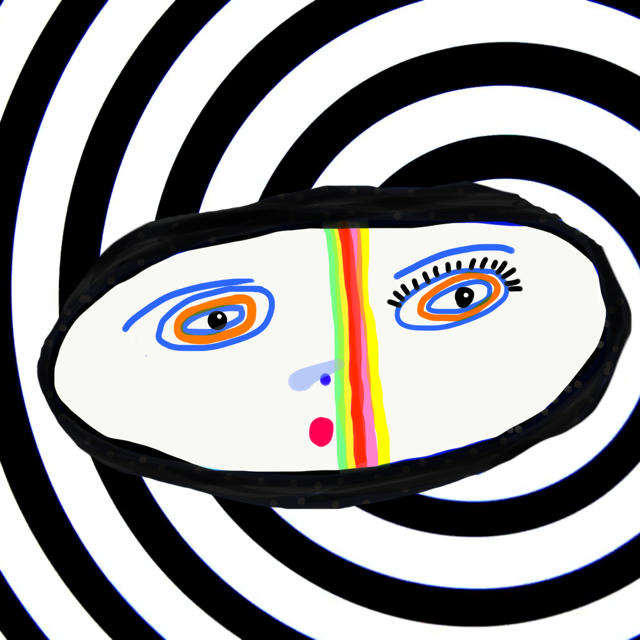Men Get Groomed Too!!
As 86% of our research respondents were female, our sample size for research into male victims of grooming was small. We have lots of theories about this, but from the answers we had, part of our conclusions are that men don’t seem to be seeking out the help they’re entitled to/that’s available to them.
The sample that has responded had other things going on that may have made them more predisposed to look for help/support - almost a third were not straight/heterosexual. (Could it be that the stereotype of gay men being more in touch with the emotions/feelings has an element of truth to it?) Around a quarter of the sample had a disability.
What has emerged is a long way from the ‘lovelorn older guy ripped off by a younger woman narrative’ that we so often see in fiction.
9.4% of our respondents were aged 18-20 This is a three year group, so the likelihood of being groomed will be more like 31% - high. In this group there are clear signs in responses of tutor abuse.
28.1% of our respondents were 21-29; 18.8% were 30-39; 25% were 40-49; 9.4% were 50-59, and the same percentage were over 60.
46.8% of our male respondents were groomed by another male, 37.5% were groomed by a woman. 12.5% were groomed by more than one person.
The sample size is small, so we shouldn’t draw too much from this except that younger men are possibly the more vulnerable age group to being groomed.
The data does clearly show, however, that men are way more likely to be groomed by someone they know, for example through a sports club, university or work. Where they were groomed online, there was a direct correlation with catfishing. The numbers are small but conclusive.
What also stands out is that men don’t reach out for help.
Only two people had reported to the police: one reported attempted blackmail and one reported rape, which, despite devastating injuries, was not taken any further for lack of evidence.
Although to a person our respondents said their mental health had suffered as a consequence of the grooming to at least some extent, a third didn’t say how. Attempted suicide was mentioned as a specific consequence of grooming in 6% of our sample. (Male suicide rates are around three times higher than female suicide rates, according to the Samaritans.)
Only half of our respondents were offered or sought out counselling. UK studies show men are about 32% less likely to consult a GP compared to women, and as many referals for counselling come from a GP, this may go part way to an explaining the access issue. But we suspect it’s more complex than that.
Those men that did find their way to counselling and noted that it helped them specifically mentioned the benefit of having a non-judgemental person to speak with. But half of those that accessed counselling specifically felt that the counselling didn’t help them. This is concerning.
Does traditional counselling not work well for men (despite the fact that men have influenced the profession greatly)?
What rang out loud and clear was the importance of men’s existing networks, especially family and friends as someone to talk with/ a support network. How good a solution this is will therefore be highly variable, and our data shows indications overall of grooming damaging the target’s family relationships.
There were also some worrying responses, blaming strong women and feminism in general for their issues, but our sample was too small for us to delve much deeper. Our male respondents in general didn’t offer up as much information about the circumstances of their grooming.
This 'thinking is possibly a reflection of the World around them, but as more than half of our male respondents were groomed by a male, not a woman, the data is already there to challenge that perception.
For us at CAAGe, there is clearly work to be done. We need to take a closer look at counselling and men, from the ways they access help to what help will prove useful. Not all will feel comfortable sharing intimate details with a female counsellor, and for a female counsellor, dealing with vehemently ‘Red Pill’ type rhetoric could be intimidating. Equally some women too may have suffered at the hands of a woman and might feel more comfortable with a male counsellor. We’ll be having the conversation about how we help more male counsellors to engage - if that’s even the best option.
We moved our CAAGe.org website to be able to offer a community group for victims of grooming to be able to talk and offer each other ideas and support. Unfortunately what was offered to us proved unsuitable, so we are still in the process of investigating our options. This must now come up our agenda: several respondents listed it specifically as something they’d like to see us offering, and if men aren’t going to access counselling, it could prove a valuable addition to our services. (This leads, of course, to more general questions about mixed spaces.)
We also need to shift the image of groomed women, catfished or ripped off ‘Shirley Valentines’ on programmes like ‘For Love or Money’, to a wider understanding of adult grooming and getting across the message that anyone can be groomed. From honey traps to ‘Russian Brides’, from workplace ripoffs to power abuse, men deserve to recognise grooming and that they, like all victims of grooming, are targetted not weak.
We are certain that grooming patterns and groomers are different for men, but would like a deeper understanding. The consequences for men, and ways they access support, are evidently different to women. We’ll work to earn men’s trust so that their shared data on their grooming can, in future, help to deliver something more meaningful and helpful.


